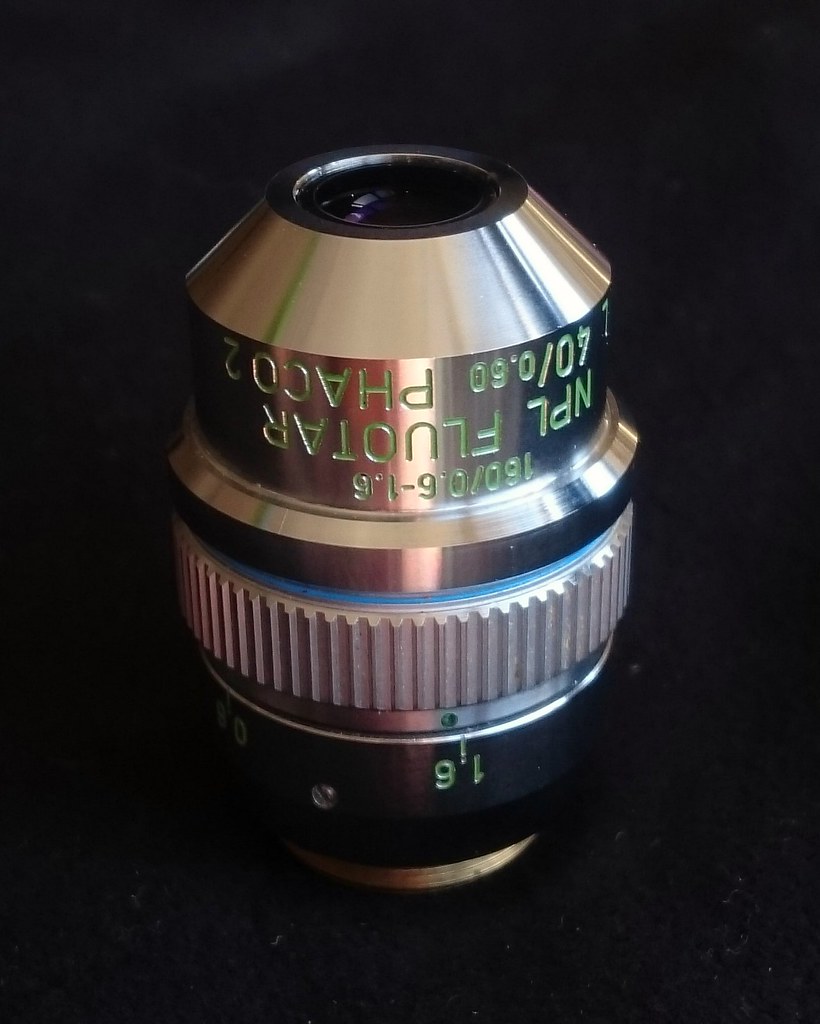okay, in another thread? i am deciphering the edmunds optics “math model” of how to make what might well be, the perfect zoomie-thrower… my gut tells me? that the optical engineers at edmunds optics, a high end custom lens and off the shelf facility?? were not commissioned to write their engineering paper “lightly” and off the top of their heads…
so far? the only “criteria” seems to be… basically stating it? “use the absolute lowest f-number possible”… period.
then? whatever light you shove under it? performs at its best. flooder, thrower, doesnt matter how you roll with it… looking like the lowest f-number is where its “at”.
so… just in case the optical engineers know what they are doing? whats the BEST lens you ever used?
1) most distance you ever got? acceptable observation. describe the lens… where it came from… what was the claimed focal length? what was its diameter? best OBSERVED results are fine.
2) maybe you know of the “lowest f number” lens you ever used… someone here, has to have the lowest f-number lens, theres always a winner… what is it? down and dirty, lowest f-number wins in this category.
3) maybe its some lens you always MEANT to buy? and never got around to it… where is it? how much is it? how big of a diameter, and low of a focal length (f number…) is it?
4) best METER WHACKER counts too, thats observed results… what single zoomie lens? made your meter wish it didnt have batteries in it, when you sizzled it with the uber-lens that shocked you?
==
i want some “candidates”… i am basically looking for the lowest f-number… but anything “best” counts too… lets leave no stone unturned. if you were proud of some lens, brag it up!
aspheric… plano…. regular convex… anything considered… nothing is off the table at this point…


